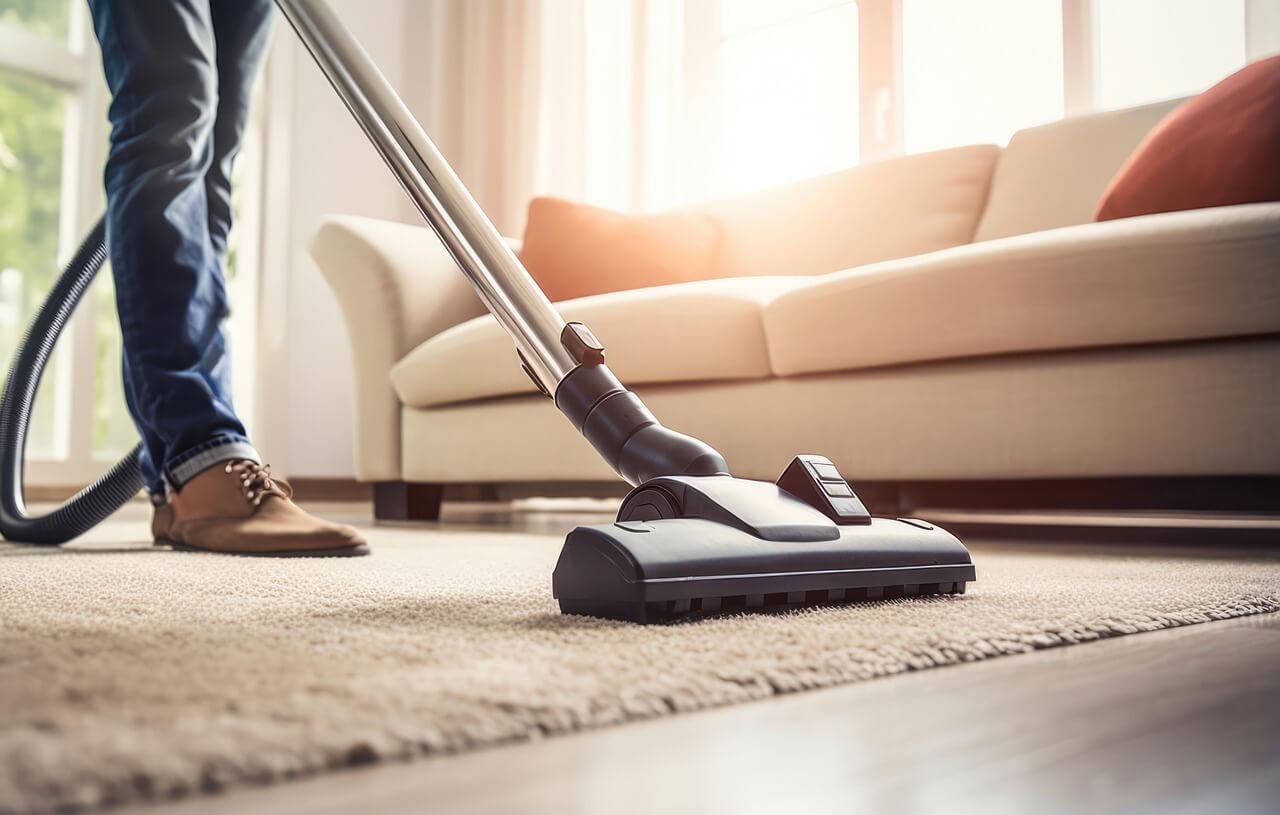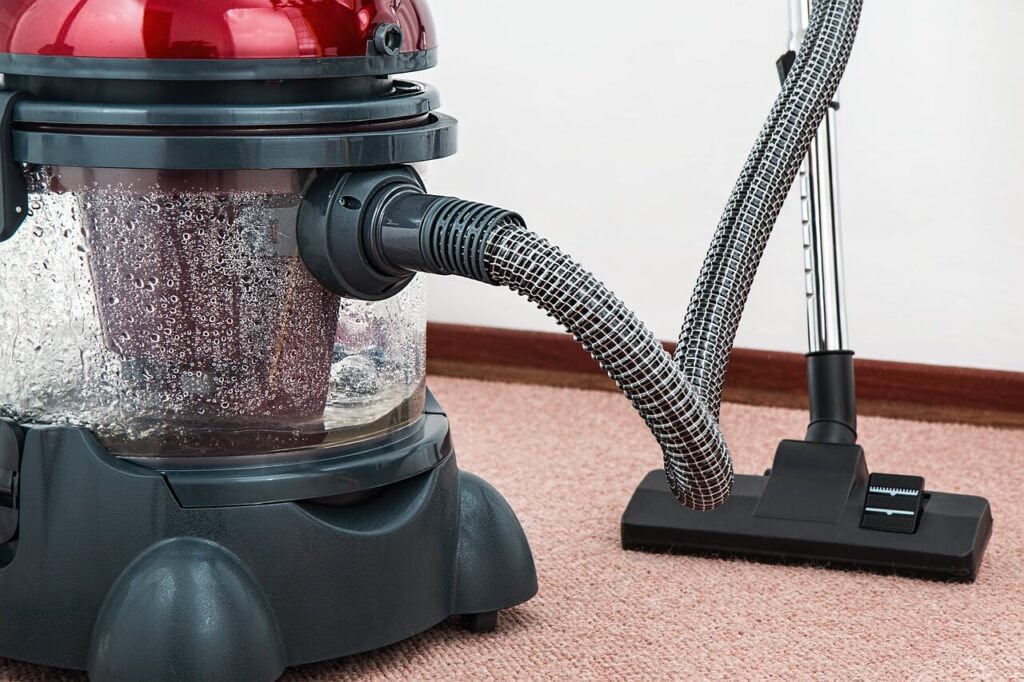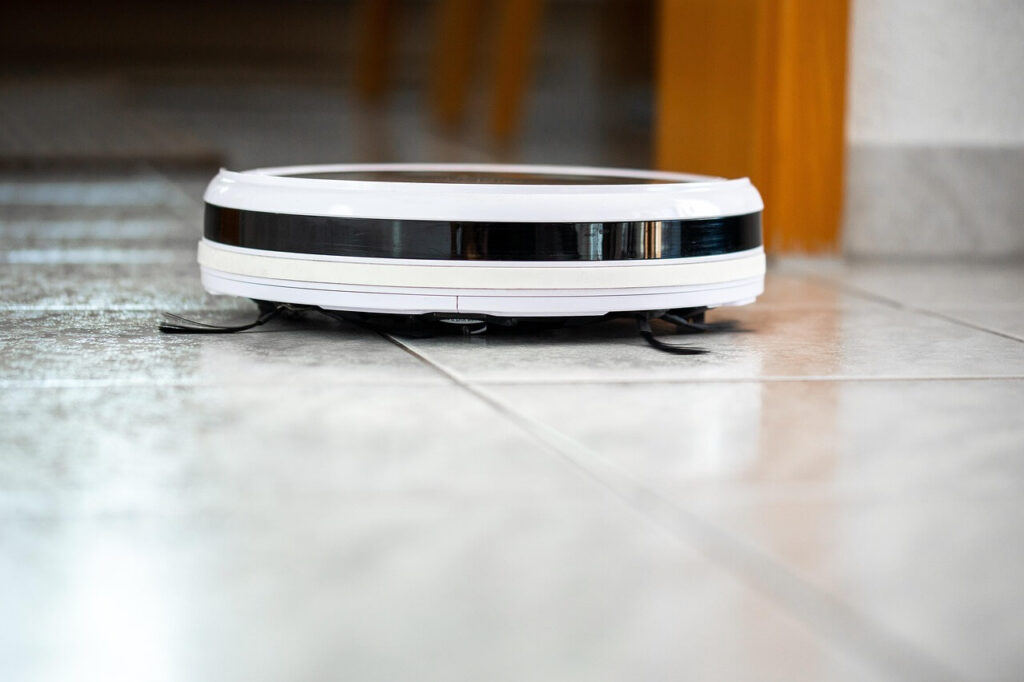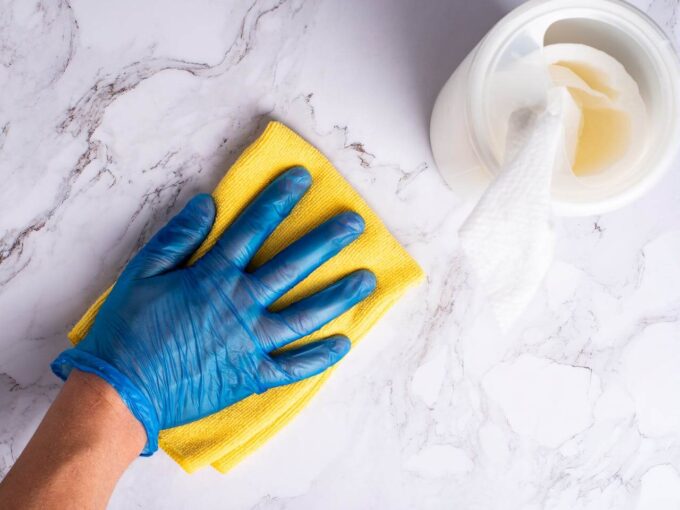
Selecting an ideal vacuum involves much more than grabbing whatever’s on sale. Many homeowners discover this truth the hard way, investing in machines that ultimately fail to address their specific cleaning challenges. From inadequate suction capabilities to bulky designs that won’t navigate around household furnishings, an ill-suited vacuum transforms routine maintenance into an exasperating chore.
What factors truly matter when selecting your home’s primary dust-busting companion? This comprehensive walkthrough examines crucial considerations, explores various vacuum categories, and helps match your living situation with its ideal cleaning partner.
Critical Selection Criteria: What Actually Matters
Before browsing options, familiarize yourself with these fundamental aspects that distinguish exceptional vacuums from disappointing purchases:
1️⃣ Extraction Capability and Particulate Capture
A vacuum’s fundamental purpose—removing unwanted material from your living space—depends on two interconnected systems: suction strength and filtration quality. Robust suction proves especially valuable for textured surfaces like area rugs and carpeting. However, raw power means little without effective filtration:
- HEPA-certified systems: Essential for households managing allergies, capturing 99.97% of microscopic particles
- Vortex separation technology: Frequently incorporated into bagless models, maintaining consistent airflow while preventing blockages
- Aquatic filtration mechanisms: Utilize water as a capture medium, particularly effective for thorough deep-cleaning sessions
2️⃣ Audio Output
Vacuum operation volume varies dramatically between models, with some producing disruptive noise levels that disturb household members, startle animals, or interrupt concentration. For households with sound-sensitive environments, prioritize models operating below 70 decibels.
3️⃣ Power Source Configuration
- Outlet-dependent models: Deliver consistent performance without battery concerns but restrict movement range
- Battery-powered units: Offer unrestricted mobility but require monitoring of operational duration between charges, with runtime becoming a critical specification
4️⃣ Dimensional Considerations
Homes with multiple levels benefit from lightweight designs easily transported between floors. Compact models prove advantageous for residences with limited storage capacity or restricted closet dimensions.

Vacuum Categories: Matching Form to Function
Different vacuum architectures address specific cleaning scenarios and environmental conditions.
🏡 Vertical Configuration Models
Ideal for expansive residential spaces featuring wall-to-wall carpeting. These units combine substantial suction force with broad cleaning paths but typically weigh more and demand larger storage areas.
🤖 Autonomous Cleaning Systems
Perfect complement to time-constrained households. These self-navigating units excel on smooth flooring and low-texture carpeting, though they may encounter difficulties with plush surfaces or substantial debris.
🏠 Split-Design Systems
Optimal for mixed-surface environments. These models feature separate motor and collection units connected by flexible hosing, delivering exceptional maneuverability across hardwood, tile, area rugs, and furniture surfaces.
✨ Portable Compact Units
Designed for targeted cleanup operations, pet hair removal, and vehicle interior maintenance. Their lightweight construction facilitates transport but limits application for comprehensive home cleaning.
💦 Multi-Material Management Systems
Engineered for industrial-grade challenges, these versatile units process both fluid spills and solid materials. Particularly valuable for workshops, utility spaces, and basement environments.
Pet-Friendly Vacuum Solutions
Households sharing space with four-legged companions face unique cleaning challenges. Superior vacuums for animal owners incorporate:
✅ Enhanced suction capacity extracting deeply embedded fur from fibers ✅ Brush mechanisms resistant to hair entanglement ✅ Advanced allergen filtration capturing dander particles ✅ Specialized accessories designed for upholstery and furniture cleaning
Consistently well-reviewed models include Dyson’s Ball Animal 2, Shark’s Navigator Lift-Away series, and Bissell’s Pet Hair Eraser collection.
Autonomous vs. Traditional: Comparative Analysis
Both approaches offer distinct advantages depending on your cleaning philosophy:
|
Performance Aspect |
Autonomous System |
Traditional Upright |
|
User Involvement |
Self-operating |
Manual guidance required |
|
Debris Extraction |
Optimized for maintenance cleaning |
Superior performance for embedded dirt |
|
Textured Surface Handling |
Limited effectiveness on thick fibers |
Manages all carpet densities |
|
Space Requirements |
Minimal footprint |
Larger storage footprint |
Assessment: Autonomous units excel at maintaining already-clean environments with minimal user intervention. Traditional uprights remain superior for thorough cleaning sessions and challenging surfaces.

Complementary Cleaning Tools
A comprehensive home maintenance approach pairs your vacuum with these supplementary implements:
🧽 High-density microfiber textiles – Superior particle capture without surface streaking 🧹 Vapor-based floor systems – Sanitize surfaces while dissolving stubborn residue 🔧 Vacuum extension components – Narrow-access tools, dust brushes, and furniture attachments expand cleaning capabilities 🌿 Sodium bicarbonate and acetic acid solutions – Natural alternatives refreshing textile surfaces
Regular maintenance extends vacuum performance. Clean filters according to manufacturer guidelines, empty collection chambers before reaching capacity, and inspect for obstructions in airflow pathways.
Consistent vacuum maintenance keeps your living environment fresh, but selecting the appropriate machine streamlines the entire process. By evaluating your home’s surface types, assessing your cleaning patterns, and acknowledging personal requirements, you’ll invest in a system that transforms housekeeping from dreaded chore to satisfying accomplishment.
Latest Posts
How to Make Homemade Disinfectant Wipes
Truth be told—sanitizing wipes have transformed into a modern household necessity. However,...
3 Mins readThe Best Way to Store Fruits and Vegetables to Keep Them Fresh Longer
Food preservation isn’t just a skill—it’s a strategic mission to rescue your...
1 Mins readHow to Keep Your Patio Furniture Looking New
Outdoor furniture isn’t just decor—it’s an investment in your personal retreat. Every...
1 Mins readHow to Choose the Best Area Rug for Your Home
Imagine a single element that can instantly reshape your living environment—welcome to...
1 Mins read











